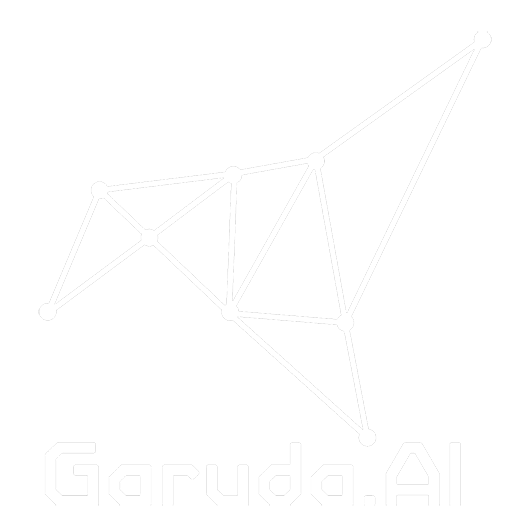
HOW TO BUILD SELF-SUSTAINING TOKENOMICS
During the presentation, We'll show examples of using this approach to tokenomics modeling of different projects for education, exchangers, Internet of things. We’ll show how Tokenomics Constructor works and how to use the outcome data to improve your initial token economy idea in a way it will become long-lasting, balanced, and self-sustainable.
0
WHY?
Today the whole world is experiencing a real mass blockchain adoption boom in all spheres of human activity. New projects and services evolve every day, creating a brand new ecosystem of crypto-related platforms and products that utilize cryptocurrencies and tokens. But the creation of a self-governing token economy is still a very difficult task that requires a lot of effort, knowledge, and provision.
If analyze the current situation in the blockchain products market, it’s easy to see that most creators, even if they have a profound whitepaper and seem to have quite a thoughtful token economy, intuitively build pyramid-like structures with a lack of real token utility and stakeholders motivation to hold and most important - use their tokens in daily activities within the platform. As a result, we have a majority of projects that will never reach a system balance and become way too dependent on speculations of whales-investors.
Is there a simple and efficient way to help the blockchain project creators to avoid mistakes and create self-sustainable token economies right at the stage of white-paper and MVP development? The answer is - math and formal methods. Modeling is a mandatory activity that shall be provided during Tokenomics creations. Algebraic modeling can help build and prove the economic equilibrium, analyze different undesirable properties like centralization or prevent the malicious actions of unscrupulous stakeholders.
HOW?
Our approach is to use an algebraic modeling approach, implemented within the framework of the Insertion Modeling System IMS (http://apsystems.org.ua/node/7) that was developed at the Glushkov Institute of Cybernetics of the National Academy of Sciences of Ukraine under the guidance of an Academician of the National Academy of Sciences of Ukraine, Professor A.A. Letichevsky. Insertion modeling is an approach for modeling complex distributed systems, which is based on the theory of interaction between agents and environments. In the last decade, this theory has been successfully used for the verification of software system specifications.
We have a number of software tools and systems that are successfully used to formalize and verify models, in particular, tokenomics models (Algebraic Programming System (APS), Insertion Modeling System (IMS), Model Creator, Tokenomics Constructor, etc.) that we would like to present to you.
Them allows us to input the parameters of a future token economy including ICO rounds data, predicted efficiency of the product, desirable token price, and profit after a period of product functioning. Using formal methods the Tokenomics Constructor that works in pairs with our Algebraic Server can compute the initial parameters of Tokenomics that lead to desirable results, and predict the possible troubles - the modeling algorithm is based on the historical data of exchange trading and the liquidity of tokens - that allows us to make accurate predictions and show possible outcomes.
History. Experience
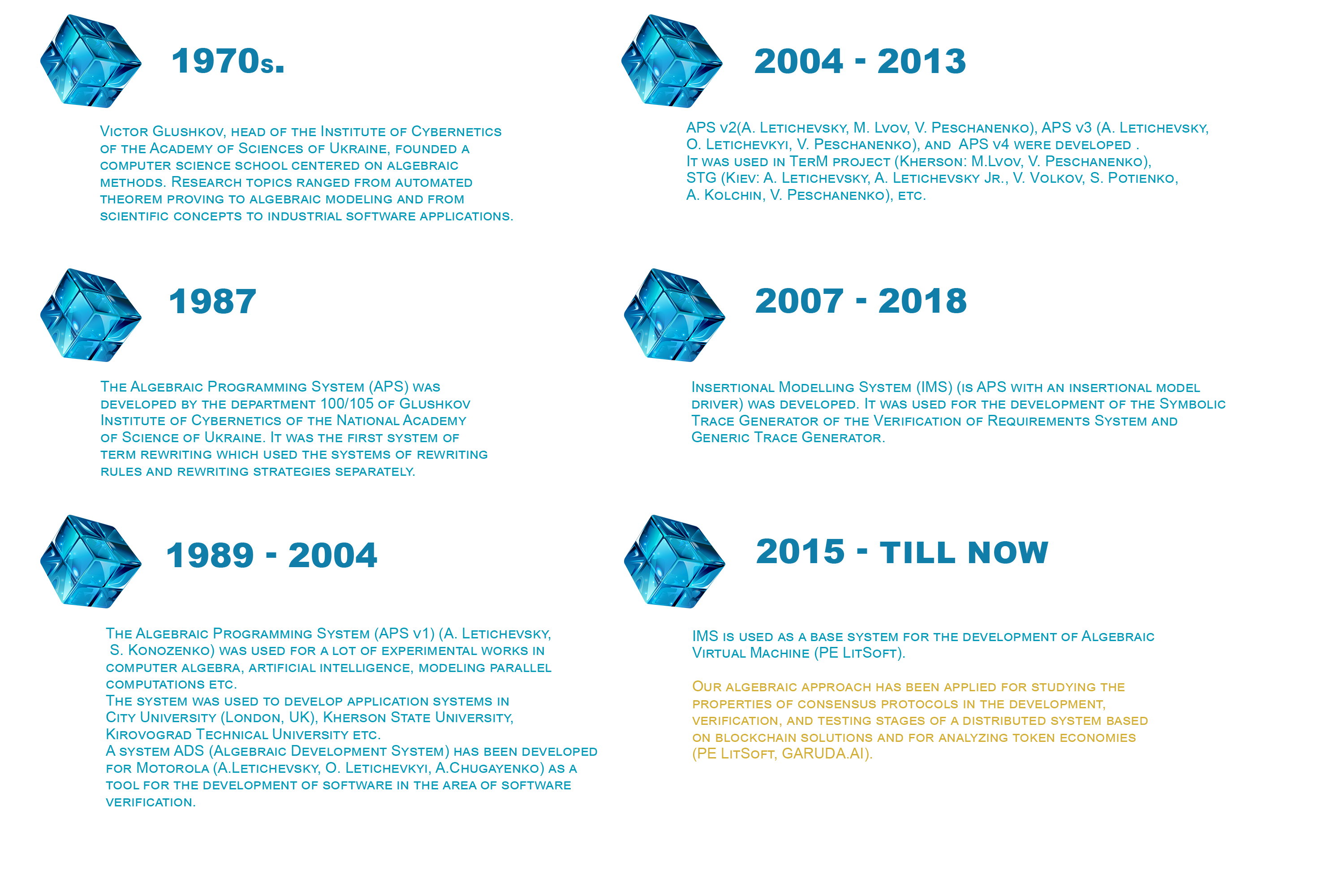
How Does it Work ?
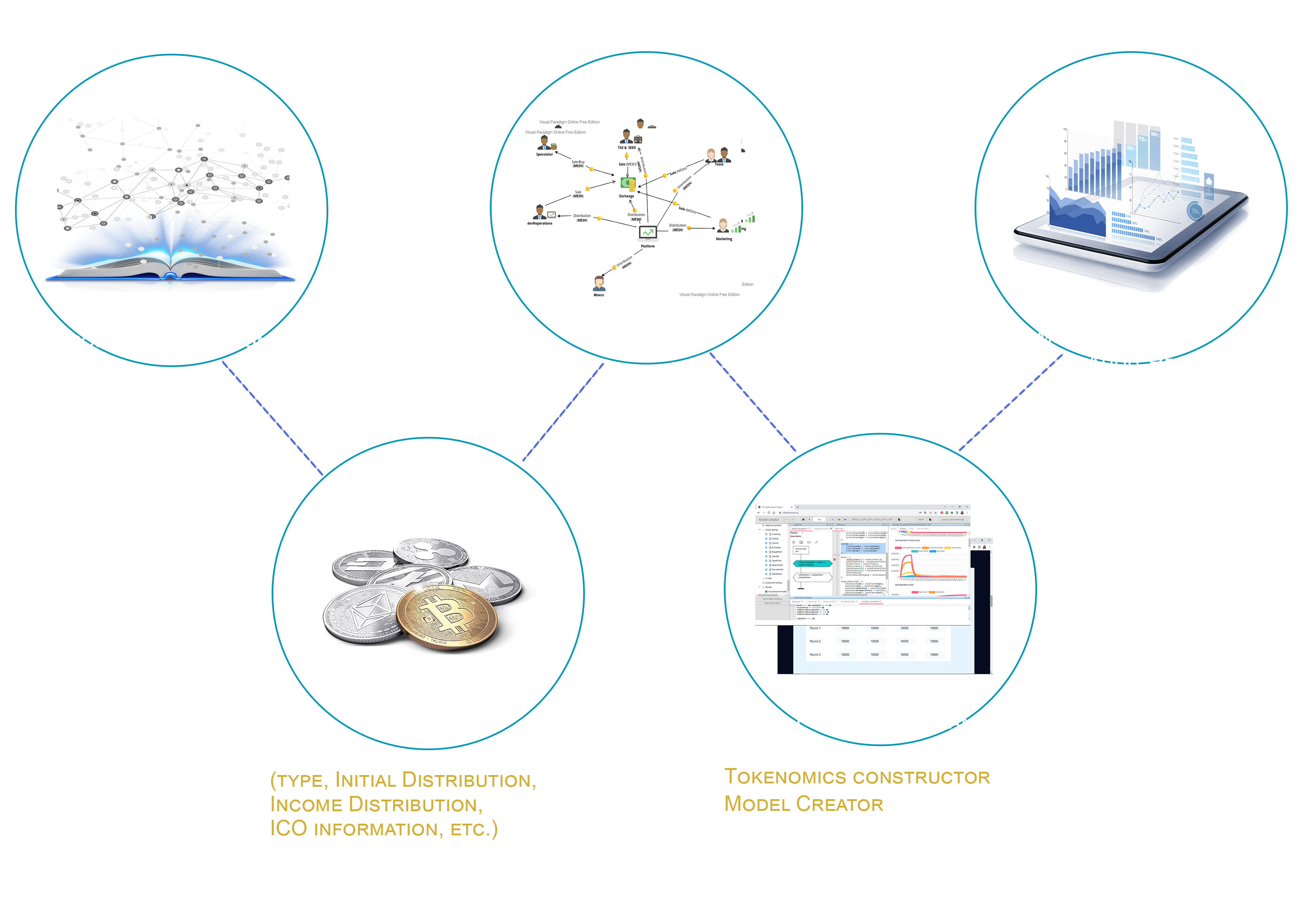
How Does it Work ?
IDEA. Project description
You have your idea/
project description
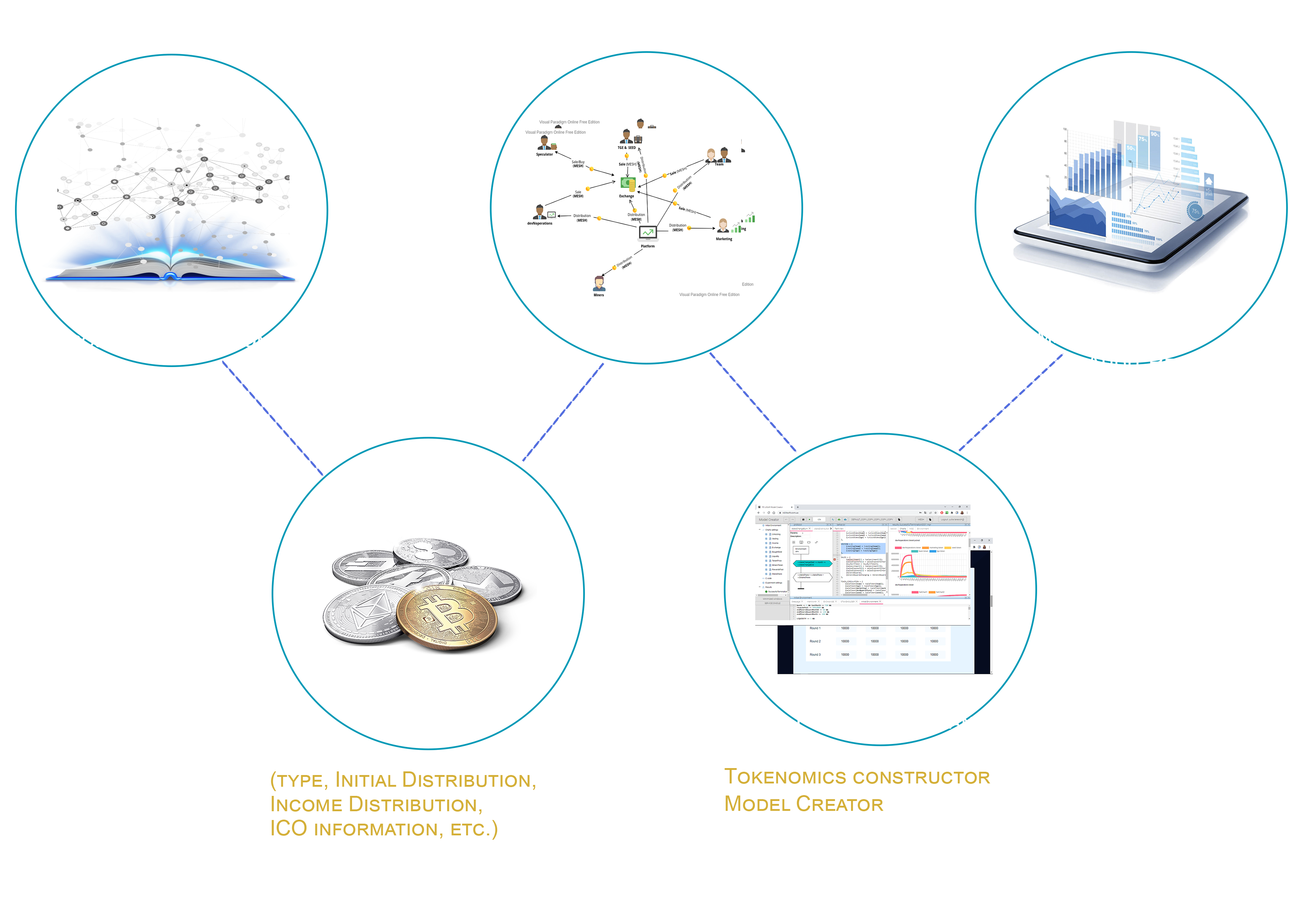
How Does it Work ?
IDEA. Project description
You have your idea/
project description
You have information
about your token
Type, Initial Distribution, Income Distribution ICO information, ect

How Does it Work ?
IDEA. Project description
You have your idea/
project description
You have information
about your token
Type, Initial Distribution, Income Distribution ICO information, ect
Token lifecycle diagram
We build the token lifecycle
diagram together

How Does it Work ?
IDEA. Project description
You have your idea/
project description
You have information
about your token
Type, Initial Distribution, Income Distribution ICO information, ect
Token lifecycle diagram
We build the token lifecycle
diagram together
Model Formalization and
Verification
Using given and historical data we
build an algebraic model of your
project's tokenomics.
We simulate and verify your tokenomics
using our tools:
Tokenomics Constructor,
Model Creator

How Does it Work ?
IDEA. Project description
You have your idea/
project description
You have information
about your token
Type, Initial Distribution, Income Distribution ICO information, ect
Token lifecycle diagram
We build the token lifecycle
diagram together
Model Formalization and
Verification
Using given and historical data we
build an algebraic model of your
project's tokenomics.
We simulate and verify your tokenomics
using our tools:
Tokenomics Constructor,
Model Creator
We prepare an Audit report
Tokenomic Paper, Tokenomic Audit Report

Tools
Algebraic Programming System (APS)
The main goal of APS is to create an algebraic program that solves mathematical problems. APS in-clude Proving and Solving Systems. A Proving System give us a possibilities to prove some trueness of a formula in a theory if the axioms and relation are given. For the resolving equations in Solving Systems in APS are implemented the fol-lowing theories: enumerated types theory, Boolean logic, linear arithmetic, float arithmetic, string solving, and etc. [Site]
Tools
Algebraic Programming System (APS)
The main goal of APS is to create an algebraic program that solves mathematical problems. APS in-clude Proving and Solving Systems. A Proving System give us a possibilities to prove some trueness of a formula in a theory if the axioms and relation are given. For the resolving equations in Solving Systems in APS are implemented the fol-lowing theories: enumerated types theory, Boolean logic, linear arithmetic, float arithmetic, string solving, and etc. [Site]
Insertion Modelling System (IMS)
Insertion modeling focuses on building of models and studying the interaction of agents and environments in complexdistributed multi-agent systems. The main no-tion of IMS is the insertion function, which defines the behaviors of agents and ac-tions of environments. We used the behavior algebra specifications for the formaliza-tion for the insertion modeling method [25] and the deductive or symbolic method in IMS based on the such external provers and solvers, as Presburger – omega, Fourier- Motzkin - reallib (our tool), cvc3, z3 and MathSAT. [Site]
Tools
Algebraic Programming System (APS)
The main goal of APS is to create an algebraic program that solves mathematical problems. APS in-clude Proving and Solving Systems. A Proving System give us a possibilities to prove some trueness of a formula in a theory if the axioms and relation are given. For the resolving equations in Solving Systems in APS are implemented the fol-lowing theories: enumerated types theory, Boolean logic, linear arithmetic, float arithmetic, string solving, and etc. [Site]
Insertion Modelling System (IMS)
Insertion modeling focuses on building of models and studying the interaction of agents and environments in complexdistributed multi-agent systems. The main notion of IMS is the insertion function, which defines the behaviors of agents and actions of environments. We used the behavior algebra specifications for the formaliza-tion for the insertion modeling method [25] and the deductive or symbolic method in IMS based on the such external provers and solvers, as Presburger – omega, Fourier- Motzkin - reallib (our tool), cvc3, z3 and MathSAT. [Site]
Algebraic Virtual Machine (AVM)
- Generation of symbolic behavior scenarios
- Resolve the problem of reachability of some property (safety, liveness, and securi- ty violations). It detects the reachability of a property given as a formula and givenas a behavior in a behavioral algebraic expression;
- Provide verification by symbolic modeling (with the usage of slice technique) ofprotocols, programs, models and other behavioral specifications given in behavior-al algebraic expressions;
- Map symbolic modeling to original language specifications
Tools
Algebraic Programming System (APS)
Insertion Modelling System (IMS)
Algebraic Engine
- Creation of multiple scenarios and token lifecycles
- Aid in model creation with different levels of abstraction
- Use of external scenarios for liquidity & market activity changes
- Behaviour algebra specifications for token economy modelling
- Verification of the model for undesirable properties such as centralisation or token leakage
- Testing technology
- Model-based development
- supporting the development process of a critical system or quality of service (QoS) system
- Verification and validation
- Cybersecurity
0
0
0
Tokenomic constructor
0
Model Creator
Simple Tokenomic Model
Video Report
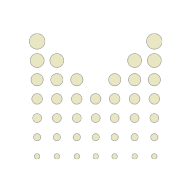
Mesh+ project
Internet-of-Things
The project involves the deployment of a network ofantenna devices to enable connectivityfor the Internet-of-Things (IoT). This service functions on the IOTA Tangle using the MESH+ token. Mesh+ is a global LoRa (long range) network built especially for the internet of things and machine to machine communications. Thousands of LoRa devices can be used on Mesh+ network, truly connecting IOT and M2M. LoRa requires very little power so batteries on the devices do not need to be changed for years .
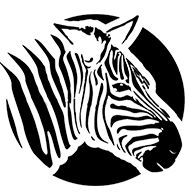
Decentralised Business Solutions (DBS) Ecosystem
Ecosystem, DeFi
The Decentralized Business Solutions (DBS) Ecosystem is the first globally inclusive, democratic, and competitive business Decentralized Finance (DeFi) platform on the Algorand Blockchain Network to enable worldwide environmental sustainability and equitable wealth distribution by facilitating investment capital, employment and decarbonization, while generating financial savings for businesses all over the world.

First Global Decentralized University
Education, Ecosystem
The development of the world's First Global Decentralized (FGD) University will open access to education for all categories of the population from any corner of the world. You don't have to leave home to teach or study. It's will be an educational platform that will use an incentive system for students and teachers through the use of tokens. This project will helpsolve the problem of people's access to educational courses and increase the motivation of students and teachers thanks to a well-thought-out reward system. Any specialist who has useful and unique knowledge will be able to easily develop his training course and place it on the platform, which is impossible to do in a traditional university. Companies and firms can also create their own courses to help train the specialists they need and integrate them into the university's curriculum.
Experience using IMS in tokenomics modeling:

Garuda.AI team
Formal Verification and Analysis Service for the Blockchain Solutions from a team with over 20 years experience in industrial formal verification, algebraic modelling, cybersecurity, model-based testing and blockchain projects development.
